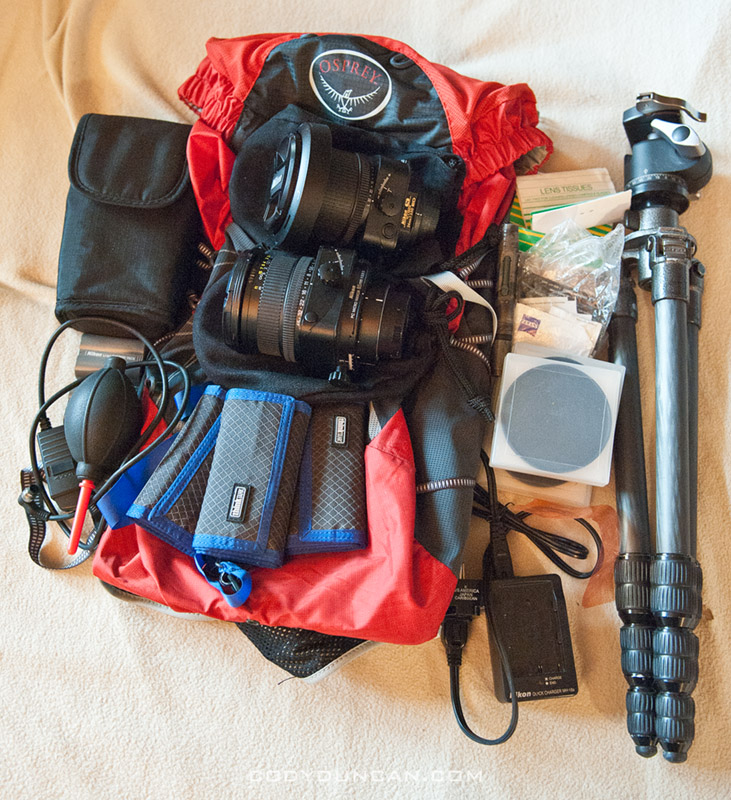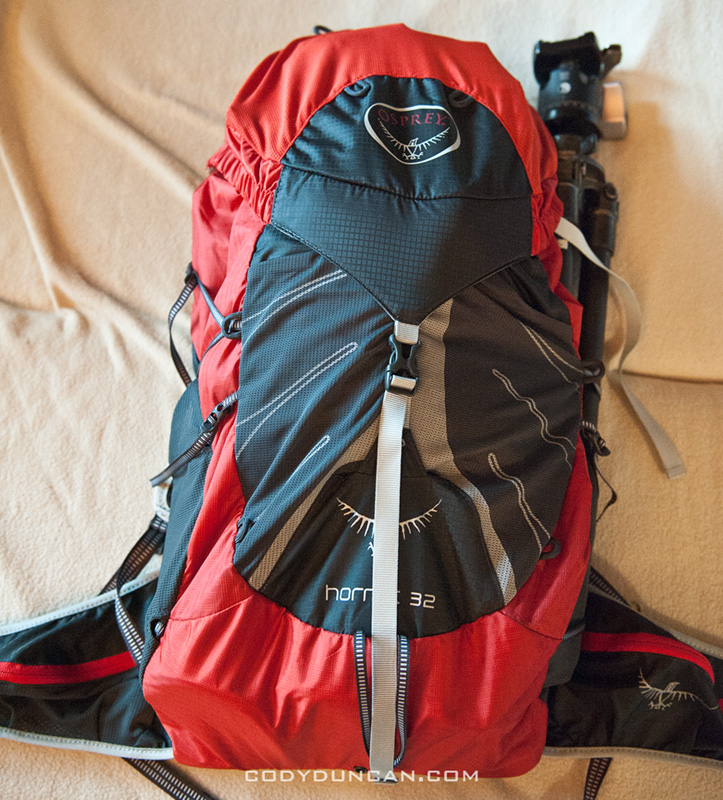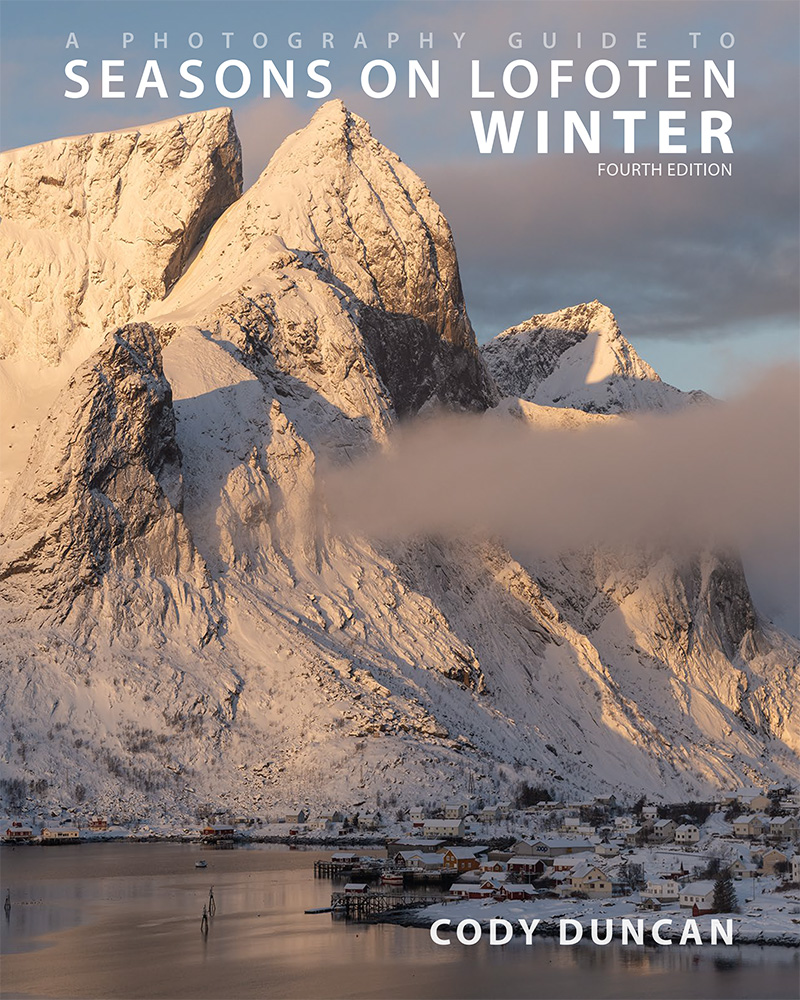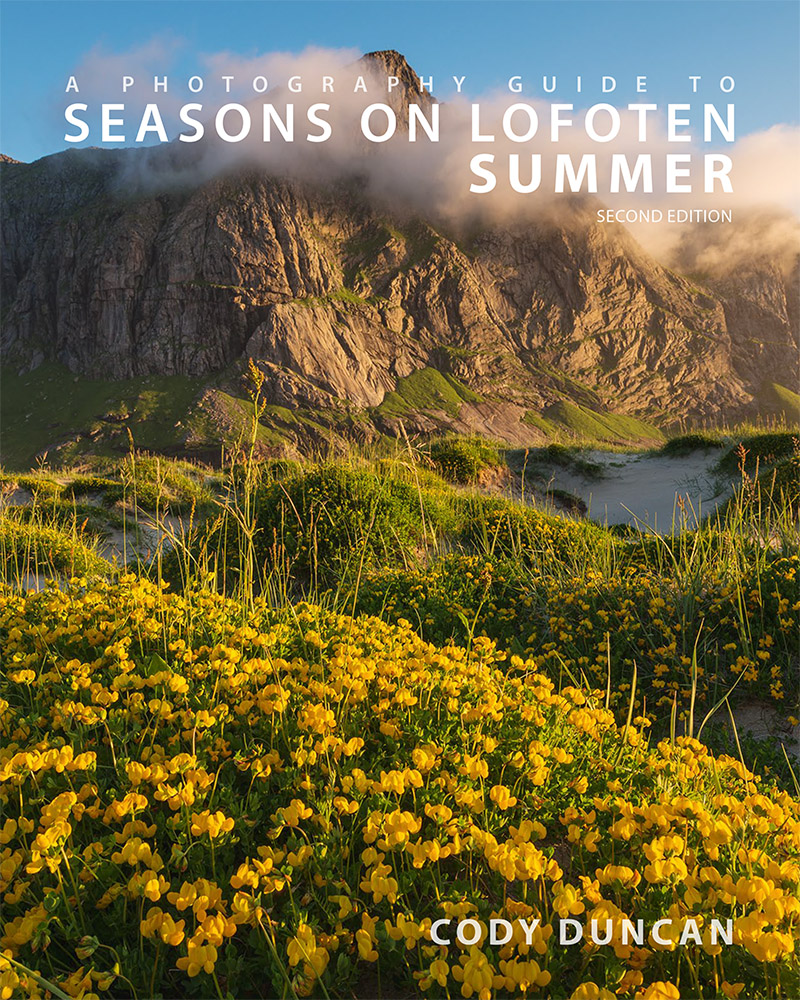Camera Gear for European Backpacking Trip

Photo: Utakleiv, Lofoten Islands, Norway
Yesterday I wrote about my backpacking gear for my next Europe trip. Today is a bit of my thoughts about the camera gear that I’ll carry. My overall ideal is to travel as light as possible, while still having enough tools to get the shot. It is something I struggle with and am not perfect at. I find myself wanting to take an extra lens ‘just in case I might need it,’ even though most times I wont. Do I need a 50mm 1.4 for low light? Do I need an 70-200mm if I see some cool animal? Yes and no. I could easily end up carrying so much that I’ll never make it out into the wilderness to see that animal, or I’m too tired to keep walking around the streets of the old town for that nice evening light. I need to accept the idea that I don’t need to, and can’t, take photos of everything.
Camera: Nikon d700
24-70 f2.8 lens
24 f3.5 tilt-shift lens
85 f2.8 tilt-shift lens
SB-800 strobe
Neutral Density filters: 6 stop B&W, 10 stop B&W
Polarizing filter
UV Filter
Flash Cards: about 120GB
Cable release
Lens pen
Battery charger
Zeiss lens wipes
Lens tissue
I’m trying to keep my gear to a minimum on this trip. I’m not really an ultra-wide shooter, so 24mm on full fame is generally wide enough for me. I’m also not bringing a telephoto either, as it’s just heavy and I tent not to use it all that often anyhow. Will I miss some shots by not having everything from 14mm to 200mm? Yes, not doubt. It is simply the trade off that must be made. If it was a shorter trip to one specific location, I might take a bit more, but for traveling for 2.5 months, less is better after a while.
Some might wonder why I’m taking the 24mm tilt-shift when I already have something at 24mm. Mostly this is personal preference in that I’ve come to find 2/3 format to have something missing. So with the tilt-shift I can shoot square or pano format with relative ease and not also have to carry special pano gear. And by shifting the 24mm t/s, I can get a bit wider if I need to. And it is also helpful for a bit of perspective control while shooting in narrow European streets and alleys.
The ND filters are absolutely necessary for the images I envision, most especially for the Lofoten Islands. They bring out a presence and atmosphere of the islands that is otherwise difficult to find. I used to keep UV filters on all my lenses, but I gave this up some time ago as I spent too much time taking them off and putting on the ND’s. I do carry one though incase I need to shoot in heavy sea spray and I don’t want my lens to get overly soaked. I’m not really sure why I carry a polarizer, as I hardly ever use it, but it comes in handy sometimes. I generally don’t use microfiber lens cloths, as they just get too dirty and greasy after a while, especially if wiping salt water. Disposable tissues in combination with the Zeiss disposable wipes is the best combination for crappy weather that I’ve found. And I like clean lenses.
Tripod: Gitzo 1128 carbon fiber
Ballhead: Really Right Stuff BH-40, plus L-plate on camera
I have a lighter tripod and ballhead, but as I’ll be in low light with bad weather a lot of the time, I need something a bit more sturdy. If it was just a short trip, I would bring an even bigger tripod/ballhead, but I can’t really justify it for months on the road. I’m a big fan of the Really Right Stuff gear, plus they’re just up the road from me. The BH-40 is the best in function, strength and weight that I’ve found.
Backpack: Osprey Hornet 32 – 21 oz. (600 g.)
Yesterday I also mentioned my preference for using a normal hiking daypack over a camera specific backpack. It’s not as convenient as a photo bag, and can take a bit longer to dig around for gear of find lenses, but at the end of the day, the benefits outweigh any drawbacks. Or at least for me. Again as with my lens selection, this is a purely person preference for how I like to travel. This will be my first trip with the Osprey bag, but it feels pretty good loaded up. Years ago, I had an old Mammut bag that was super light and perfect for travel. It suffered 2.5 years of abuse before the bottom finally started giving out and I had to put it into retirement. And I really put my gear through a lot. While traveling my backpack is with me 24/7. It showers with me, sleeps with me, is in the hostel kitchen with me, sits next to me at the pub or on the train, and is always on my back while walking around or hiking. My gear back basically becomes an extra body part. For the last couple years I haven’t found a bag that was as good as the Mammut in overall function; most are either a bit on the heavy side or too flimsy. The main problem with finding a light bag is that I need them to have a good hip belt. The ultralight bags usually are lacking in this regard and the bags with decent hip belts tended to be a bit heavier. The Osprey comes in pretty good in this area. My only real critique is that the the top of the bag is some thin netting material, so I’ll have to take a bit of extra caution to keep things dry while in drizzly, rainy weather. It could also have two Ice axe loops as well, so it probably wont be that good as a climbing bag.





Leave a Reply
Want to join the discussion?Feel free to contribute!